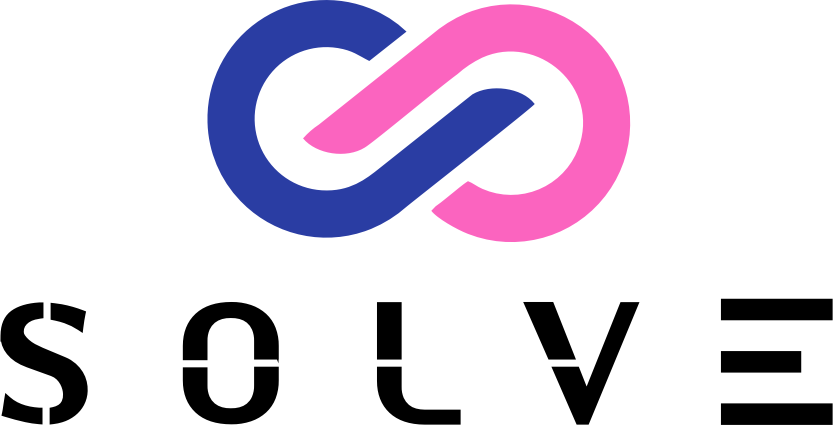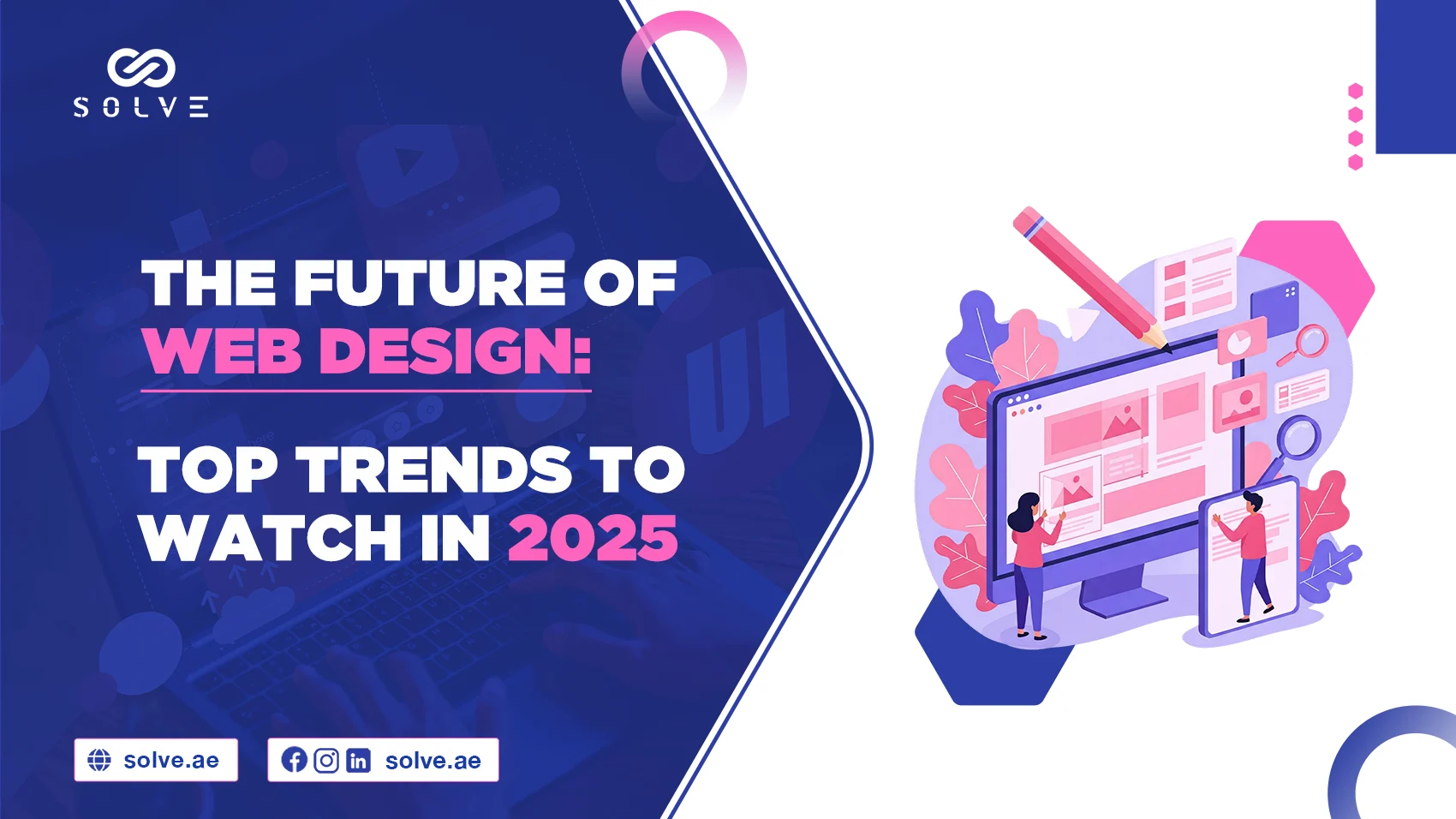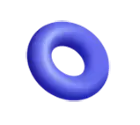- By Vanshika Choudhary
- April 30, 2025
The web design is perpetually changing as per the evolution in technology and user preferences. By 2025, websites will be extremely interactive, creative, and user-friendly. Businesses and designers must keep up with all these evolving trends to create websites that will stand out and attract visitors. Let’s take a look at the top web design trends in 2025 and how they will help you build a modern and engaging online presence.
Bold Visuals and Creative Layouts
Color schemes and Big Block
Bright and bold colors, together with large blocks, will describe the characteristics of websites in 2025, with bright bursts of light affecting the attention of the viewers. The appropriate colors complete the site, making it memorable and easy to find the significant information. Thrill the viewer by combining colors that extol the brand through energizing yet fun feelings. On top of this, big blocks of colors made navigation easier for the users.
Unique Fonts and Typography
Typography is already a huge part of web design; many sites already employ custom or off-system fonts. Oversized, mischievous, or artistically formed letters are meant to speak chic to a brand and add personality to a website. Creative typography can successfully lead a visitor through a page or reinforce important messages. Good typography makes a site appear more attractive while being easy to read.
Anti-Design and Human Touch
For some designers, a perfect, grid-based design is not an ideal treatment. Instead, they have increasingly turned to “anti-layout” designs, which use uneven shapes, drawings by hand, and little touches that speak friendlier to the human touch. It gives an anti-modern essence to their works.
Neglecting Positive Space
Rather than being from quite a long time ago, negative space or blank areas on a web page, is meant to display more about web design principles to support clean and simply designed layouts. With this design concept, negative space around text and images allows for easier navigation with less intimidation. Negative space serves to highlight important content while making the site look modern and open. It also allows the user to pay attention to what matters to him or her.
Immersive Interactive Experience
Motion Design and Scrolling Animation
Movement and animated elements are used to bring pages and life to design. Images or text can slide in, fade in, or change color as the user scrolls down the page, thus achieving even greater dynamism. The animations steer the users through and keep them engaged on the site. They provide joyful representations of ideas.
Micro-Interactions and Micro-Animations
Micro-interactions are small animations, like changing the color of a button on hover. These little moves evoke a feeling of responsiveness and interactivity on the web. Micro-animations provide a quick reward to users to let them know the site is receiving their input. These animations can add a little joy and provide a delightful experience to the users of the site. Check out our latest blog post on Top 10 Niche Business Opportunities in the UAE for 2025
Interactive 3D Models and Content
Thanks to the advancement of modern technologies, designers can directly integrate interactive 3D models into web pages. Visitors can rotate products, “wander through” virtual spaces, or interact with objects in real time. These features create engaging websites and enable users to instantly solidify their consideration process.
Technology Takes Smartness and Personalization
AI-Powered Messaging and Personal Assistants
One such source of potential application of artificial intelligence is making websites smarter by providing instant assistance and personalized recommendations. Chatbots can answer questions, guide users, or help with shopping or booking experiences. 24/7 these virtual assistants offer visitors a hassle-free answer service. AI-powered support improves customer service while reducing time-related engagement for both users and businesses.
Voice-activated Interfaces
Nearly everyone has an idea of bright tools such as “Alexa” or “Google Assistant,” so nowadays, websites are incorporating voice-activated features on their pages. You can search, or interact with a site just by using your voice. Because they do not need any contact, voice interfaces also make websites more accessible for people with disabilities. It makes things a lot easier for most people when using the Internet.
Intelligent Video with Data Visualization
Websites are definitely using charts and graphs that are interactive, besides smart videos, to present information in neat but engaging ways. It takes only a few data visualizations to understand complicated topics quickly and easily. Smart video adapts to viewer interests or gives personalized content. It makes learning and exploring online more interesting and relevant.
Progressive Lead Nurturing Forms
Web forms have become smarter by being conditionally intelligent to a user’s answers, offering very helpful suggestions-functionality such as this enables previous input to be retained to smooth filling out forms. All progressive forms can also be tied to a single entry point for users.
Sustainability and Accessibility
Sustainable Web Design
Designers consider environmental factors in every aspect of making a web page. Sustainable web design is developing sites to load fast, taking less energy, and using no unnecessary elements requiring resources. Eco-friendly websites will appeal to users concerned about the planet and will minimize the carbon footprint of the internet. Greening websites is an ideal place for businesses as well as the environment.
Dark Mode and Personal Themes
Dark mode is catching on as one fashionable way to reduce eye strain. Most sites are allowing users to switch between light and dark options as per their desire. Custom themes are more personalized for visitors, allowing them to change colors or fonts to be more ideally suited to them. These features are more comfortable for every user.
Inclusive and Accessible Design
This means that any person, including those with disabilities, can use the website. Designers will have clear navigation, readable fonts, and tools that function well with screen readers. Websites designed like this will have many more visitors and prove that a brand esteems all users. Following accessibility norms is turning out to be a normal way of creating things on the web.
Organic shapes and custom illustrations
Websites use hand-drawn illustrations and more natural, fluid shapes as if bringing warmth and personality to their designs. These elements make a site feel more alive and not so general, therefore differentiating it from the others. Custom artwork helps with telling a brand’s story.
Conclusion
Web Design in the year 2025 speaks of creativity, interactivity, and user-centricity. By co-opting audacious graphics, intelligent technologies, and sustainable practices, designers can create websites that are aesthetic, efficient, and accessible to all people. Contact us and Compliance with these trends will, therefore, greatly aid in imprinting your website firmly in the minds of users and in pocketing their honor. The future sure is bright for web designers, and it is time to indulge in these new concepts!




